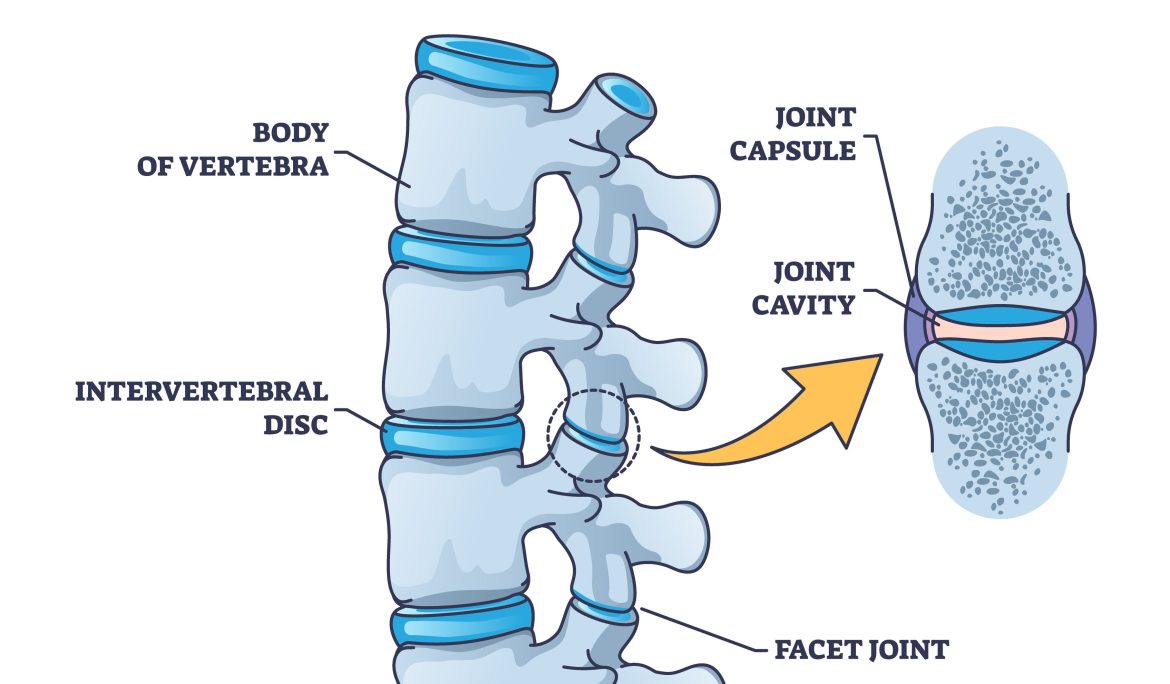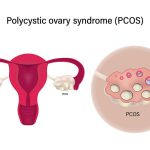Back pain is one of the most common health complaints worldwide, affecting millions of people across different age groups. While causes may vary, one lesser-known but significant reason behind chronic back pain is Facet Joint Arthritis. This condition results from degeneration or wear and tear of the small joints in the spine, known as facet joints, and often leads to stiffness, discomfort, and reduced mobility.
In this blog, we will explore everything you need to know about facet joint arthritis – from its causes and symptoms to diagnosis, treatment, and lifestyle management strategies.
What Are Facet Joints?
Facet joints are small joints located at the back of the spine. They connect the vertebrae and provide stability while allowing controlled movement such as bending, twisting, and stretching. Each vertebra has two sets of facet joints – one pair facing upward and one pair facing downward – that work together like hinges.
Over time, like any other joint in the body, these facet joints can undergo wear and tear. When the protective cartilage covering them deteriorates, the bones may rub directly against each other, causing inflammation and pain. This condition is called facet joint arthritis or facet arthropathy.
Causes of Facet Joint Arthritis
Facet joint arthritis typically develops as part of the natural aging process, but several other factors can contribute to its onset.
1. Age-related degeneration
With age, spinal structures weaken, and cartilage becomes thinner. This natural wear and tear is the most common cause of facet arthritis.
2. Osteoarthritis
Generalized osteoarthritis often affects multiple joints in the body, including the facet joints.
3. Spinal injuries
Past injuries, fractures, or trauma to the spine can accelerate cartilage breakdown and joint degeneration.
4. Poor posture and lifestyle
Slouching, prolonged sitting, or repetitive heavy lifting put extra stress on facet joints, hastening their wear.
5. Obesity
Excess weight increases pressure on the spine, particularly the lower back facet joints.
6. Genetic predisposition
Some individuals are more prone to early degeneration due to family history.
Symptoms of Facet Joint Arthritis
The symptoms of facet joint arthritis vary depending on which part of the spine is affected, but common signs include:
- Localized pain: Usually felt in the lower back (lumbar spine) or neck (cervical spine).
- Pain radiation: Sometimes pain radiates to the buttocks, thighs, or shoulders, but rarely below the knee or elbow.
- Stiffness: Reduced flexibility, especially after waking up or sitting for long periods.
- Pain with movement: Discomfort worsens with twisting, bending, or leaning backward.
- Muscle spasms: Tightness around the spine due to irritation.
- Grinding sensation: Some patients describe a feeling of “grinding” in the spine during movement.
Unlike a herniated disc, which may cause sharp shooting pain down the leg (sciatica), facet arthritis pain tends to stay localized.
Areas Commonly Affected
- Cervical spine (neck) – causes neck stiffness, headaches, and shoulder pain.
- Thoracic spine (mid-back) – less common, but may cause mid-back pain.
- Lumbar spine (lower back) – most frequently affected, leading to chronic low back pain.
How Is Facet Joint Arthritis Diagnosed?
Accurate diagnosis is essential to differentiate facet joint arthritis from other spinal conditions like herniated discs or spinal stenosis. Doctors use the following methods:
- Medical history & physical exam – The doctor evaluates symptoms, posture, and pain triggers.
- X-rays – Show bone changes, narrowing of joint space, or bone spurs.
- MRI or CT scan – Provides detailed images of soft tissues, cartilage, and nerves.
- Facet joint injections (diagnostic block) – An anesthetic is injected into the facet joint. If pain relief occurs, the joint is confirmed as the pain source.
Treatment Options for Facet Joint Arthritis
Although facet joint arthritis cannot be completely reversed, treatment focuses on reducing pain, improving mobility, and enhancing quality of life.
1. Lifestyle Modifications
- Maintain healthy weight to reduce spine pressure.
- Practice correct posture while sitting, standing, and lifting.
- Stay physically active to keep joints flexible.
2. Medications
- Pain relievers (acetaminophen, NSAIDs like ibuprofen).
- Muscle relaxants for spasms.
- Topical creams/patches for local relief.
3. Physical Therapy
A physiotherapist may recommend stretching, strengthening, and posture-correcting exercises. Core strengthening is particularly helpful for lumbar arthritis.
4. Interventional Procedures
- Facet joint injections: Corticosteroids reduce inflammation and provide pain relief.
- Medial branch block: Targets the small nerves supplying the facet joints.
- Radiofrequency ablation (RFA): Uses heat to disable pain-transmitting nerves for longer-lasting relief.
5. Surgical Treatment
Rarely, when conservative methods fail, surgery such as spinal fusion may be recommended.
Home Remedies and Self-Care
- Apply hot packs for stiffness and cold packs for acute pain.
- Engage in low-impact exercises like swimming, cycling, or walking.
- Use ergonomic chairs and supportive mattresses.
- Practice gentle yoga or stretching routines.
- Avoid prolonged sitting – take short breaks to move.
Preventing Facet Joint Arthritis
While aging cannot be stopped, certain preventive measures help slow progression:
- Stay active with regular exercise.
- Maintain a healthy diet rich in calcium and vitamin D.
- Avoid smoking and excessive alcohol.
- Practice safe lifting techniques.
- Get regular spinal check-ups if you have a family history of arthritis.
Living with Facet Joint Arthritis
Living with facet arthritis requires a balanced approach of medical care and lifestyle adjustments. Many patients lead normal lives by following treatment protocols and making small but consistent changes in daily habits. Support groups, counseling, and guided physiotherapy can also improve overall well-being.
When to See a Doctor?
You should consult a spine specialist if you experience:
- Persistent back or neck pain for more than a few weeks.
- Pain radiating to arms or legs.
- Numbness, weakness, or tingling in limbs.
- Difficulty walking, bending, or performing daily tasks.
Conclusion
Facet joint arthritis is a common yet often overlooked cause of chronic back and neck pain. Caused by the degeneration of spinal joints, it can significantly impact quality of life. However, with proper diagnosis, medical treatment, physiotherapy, and lifestyle changes, patients can manage symptoms effectively and regain mobility.
If you or a loved one is experiencing unexplained back pain, consult an orthopedic spine specialist or pain management doctor to explore whether facet joint arthritis could be the underlying reason. Early intervention not only helps relieve pain but also prevents further joint damage.













